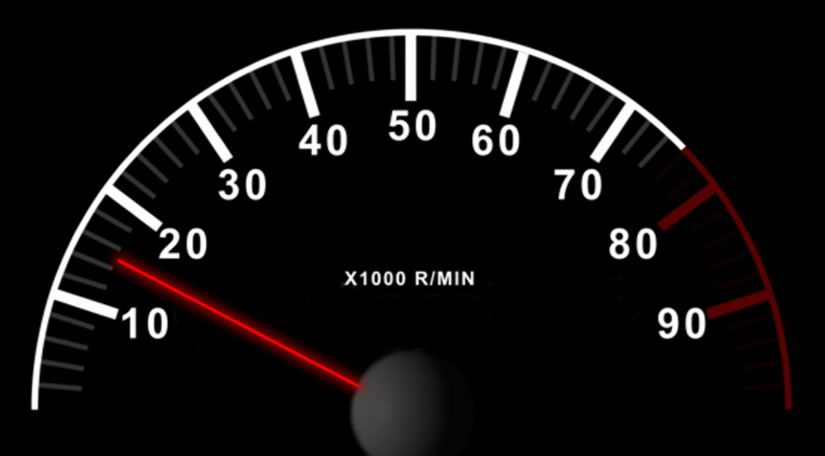Accelerator Brake Clutch (ABC)
Accelerator Brake Clutch (ABC)
During your first driving lesson, the car cockpit drill will see you introduced to the foot controls. These controls from right to left are the Accelerator, Brake and Clutch. This can easily be remembered by ABC. Some of you may already be familiar with these foot controls but for those who are not, let’s explain the basics.
Accelerator
The car accelerator pedal is also known as the throttle or gas pedal and is the pedal on the right-side and as such, you use your right foot to operate it. When you press the accelerator pedal, air and fuel enter the engine to be combusted. The further you push the accelerator pedal, the more air and fuel enters the engine which results in the engine speed increasing.
Accelerator pedals are very sensitive to touch. When moving off from a stationary position and in 1st gear, you only need to press the accelerator pedal slightly – think about the thickness of a £1 coin to give you an idea. When you press the accelerator and as the engine speed increases, the needle on the tachometer , or rev counter as it’s also know will move.
The speed at which the engine operates is measured in revolutions per minute, or RPM. The tachometer displays the RPM as thousands per minute. When you slightly press the accelerator for moving off, you need to press it just enough until the tachometer reads about one and a half (1500) RPM. For further information, see how to use the car accelerator.

Brake
Your car’s braking system technology has fundamentally remained almost unchanged for decades. Metal brakes discs rotate with the wheels and brake pads which comprise of friction material are pushed against the discs to slow your car when the foot brake is pressed (see how car brakes work).
The harder you push the brake pedal, the quicker your car slows down. On some older vehicles, hitting the brake pedal too hard puts you at risk of potentially losing control due to the wheels locking up. However, since 2004, all vehicles in the UK are fitted by law with a system called ABS. ABS or ‘anti-lock braking system’ uses sensors to detect if a wheel becomes locked and if it does, the system releases the brakes for that wheel just enough for the wheel to begin rotating again.
Essentially, wheels that are not rotating do not steer, so the benefit of ABS is that you have far greater control of your vehicle, even when braking in an emergency situation.
The brake pedal is located in the middle, between the clutch and the accelerator. You’ll never need to brake and accelerate at the same time, so you use your right foot to brake, the same foot that you use to operate the accelerator.
To use the brakes, we use a technique called feel, firm and feather. This means that you push the brake pedal until you feel the brakes beginning to work, then firm on the pressure to lose the required amount of speed and finally feather the brakes to make slight adjustments.
Clutch
For many learner drivers of manual cars, the clutch is the most difficult to master. The clutch is the pedal on the left and is operated only with the left foot.
When the clutch pedal is pressed down, it essentially disengages the engine from the gearbox allowing the driver to change gear. In simple terms, you can think of the clutch as two plates that press together to connect the engine to the gearbox. When the clutch pedal is pressed down, the plates come apart, allowing a gear change to take place.


Thank you very much very informative! I had taken 35 classes still failed in 2 tests now trying for the 3rd & last time! My trainers have never explained the functions of the ABC; they only command us to press those without explaining why we are doing so! Actually, for beginners, it’s very necessary to know all these!!!
Hi Mamatha,
Yes, you’re right! It often helps considerably to understand the basic function of something, rather than to simply tell someone when to use it. This can be particularly useful for the clutch. Good luck on your next test.
Thank you for this wonderful information.. I am a beginner and this helps me a lot in learning how to drive
You’re welcome!
I found this blog post very helpful. I have been driving for a little over a year now and I have learned a lot. I have also been driving for Uber for about a year and a half. I have learned a lot about driving
Very helpful. Thanks!
Informative in simple terms. Thank you.
You’re welcome.
Brilliant explanation, thanks for detail info👍🙏😊
What is the primary purpose of the clutch in stopping and starting the car?
Thank you so much for this crucial lesson 🙏🙏🙏